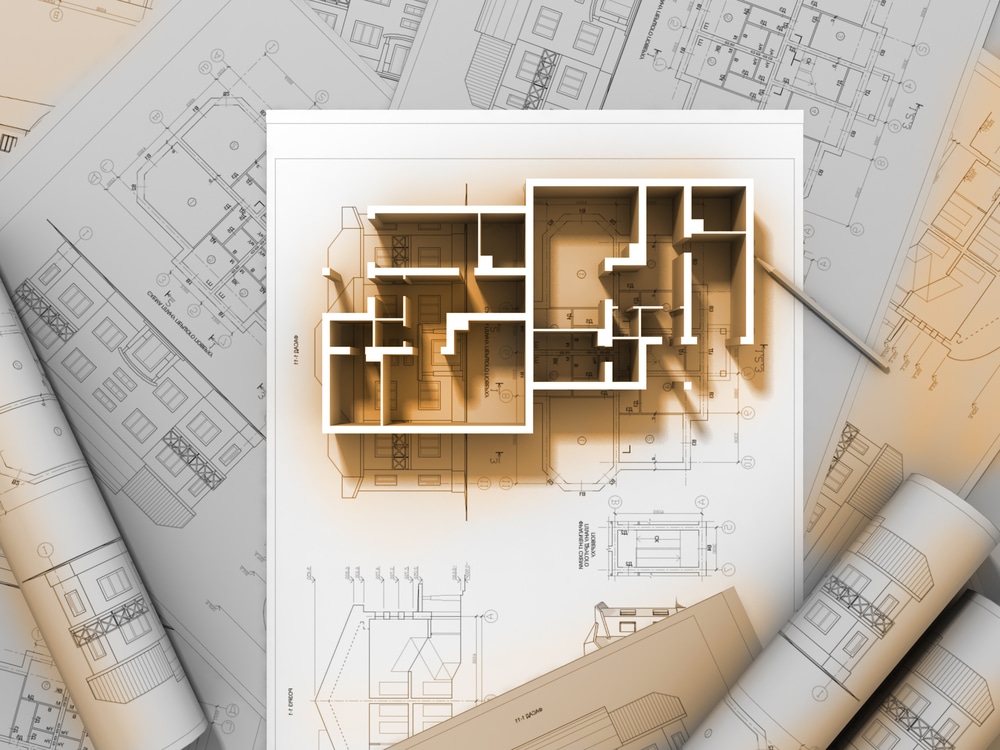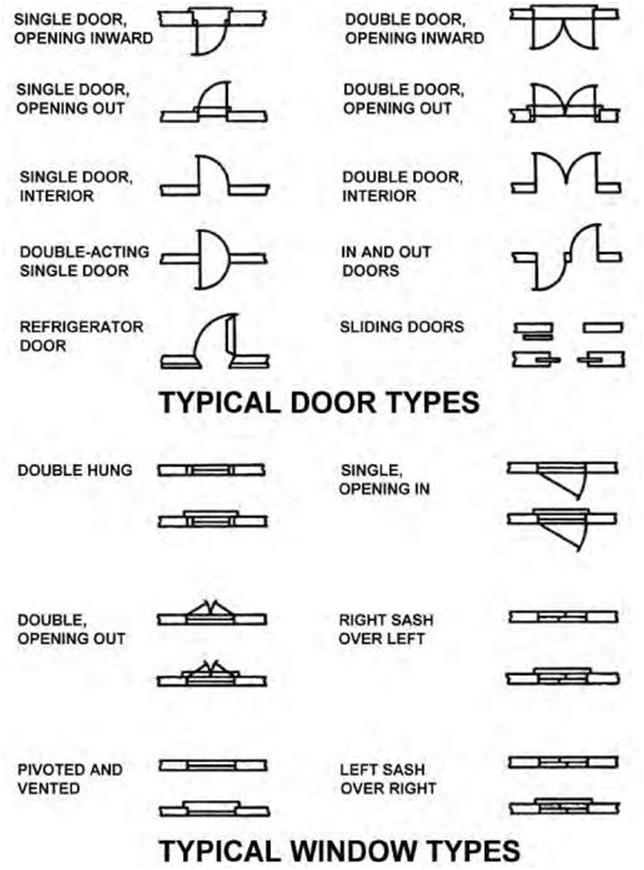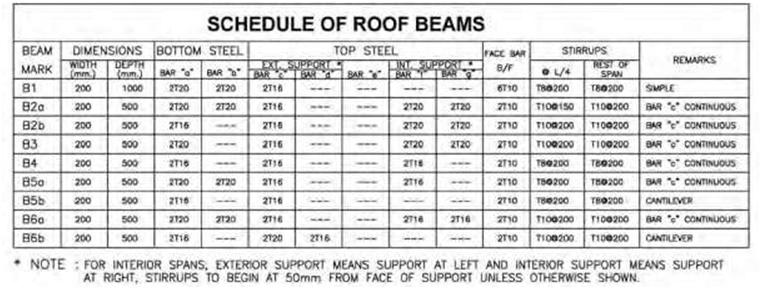In the realm of mechanical engineering, the drive toward energy efficiency is constant. One technology that plays a critical role

Blueprints are an essential part of every stage of a construction project. They are necessary for various areas like cost estimation, permit application, and scheduling. For this reason, construction workers should be able to read and interpret blueprints.
But if you’re want to read a blueprint for the first time, worry not! This article contains valuable tips that will help you read any blueprint like a Pro!
With that in mind, here us how you read a blueprint!
Start by reading the title block
The first thing you’ll notice in all construction plans is the title block. It displays important information about the project. This includes; location, architect’s contact details, drawing date, plan number, & project’ name. Another important thing you’ll see on the title block is the plan index. This is a reference list containing all the plans that are included in the whole set of blueprints. Also, any blueprint changes are written in a revision block, usually found in the title block as well.
Understanding Blueprints abbreviations & symbols
A complete set of construction blueprints contains a large number of details. To save space, architects use a set of standardized acronyms and abbreviations. This also helps them to ensure that the overall presentation is neat and less cluttered.
Thus, to read a blueprint, it’s good to understand these symbols and abbreviations. Luckily, most abbreviations in various blueprints are universal.
However, you should note that not all symbols are universally used. For instance, different architects may use different symbols to represent the same item. In that case, look at whether the document has a symbol legend for reference. You can also look at the floor plan notes. They provide extra conditions for the building.

Find the construction blueprint’s scale
Architectural and other construction drawings are drawn to a certain scale. This ensures that all the details about a building layer fit perfectly onto the sheet. A scale represents the proportion of the drawing size to the size of the actual building. If you use an incorrect scale, the entire building will have a problem in terms of size.
Symbols are also are done to scale, thus giving you an accurate perception of its actual size. Scales are always displayed on a construction document with the building layout. They can either be below the drawing or under the title.
One thing you need to note though is that scales can change across various blueprints. This can range from simple scales like 1”= 1’ to complex scales like 3/16” = 1’. For accurate blueprint reading, check every page for the architectural scale. You can also use a scaled ruler to determine the scale.
Look for the building orientation
After finding the scale, look for a compass or north arrow on the construction plan. This helps you to establish the overall orientation of the plans. Most architects usually place it near the legend.
Scan the entire blueprint
By the time you get to this stage, you should have read all the specifications and notes on the blueprint. If you’ve done that, scan through the entire document to gather the project basics. After looking at the basics, now move to the specific building aspects on the print.
Floor plan, Sections & Elevations
Most people are familiar with the floor plan, which is the bird’s eye view of the building. It simply shows how elements of a certain floor are organized on a horizontal surface. However, to understand those elements in 3D, you should read these plans together.
For example, an elevation plan shows how the building looks like when you’re standing next to its walls. But a section view gives perception into how the building will stand up. In short, both sections and elevations are vertical depictions of the design concept. However, sections contain details of the walls, height & thickness of the support systems. Thus, using these plans together provides a full picture of the entire structure.
Blueprint schedules
Schedules are also construction documents. They show a detailed list of products and materials needed for the buildings. More importantly, these documents show the order of installing those elements. A typical blueprint schedule describes the size and style of the windows and doors. They can also include the types of finishes.

Final words
Now that you know how to read a blueprint, where do you get one if you want to build a house in California? Innodez Design & Engineering can help!
Contact us today. Our dedicated team of architects and designs help you turn your dream house into a reality!
About Author
InnoDez